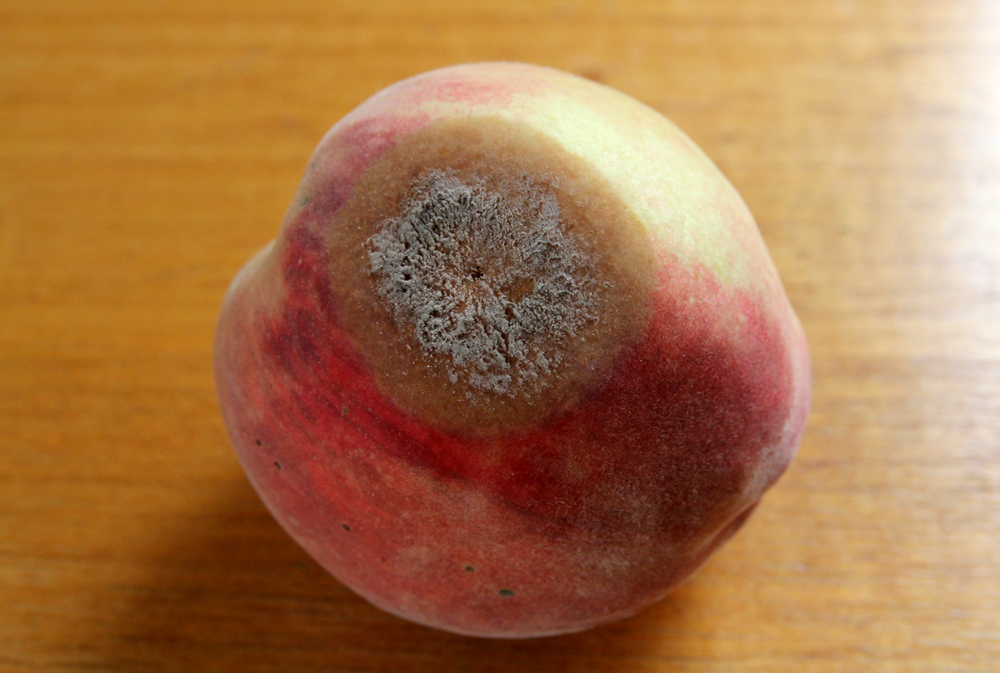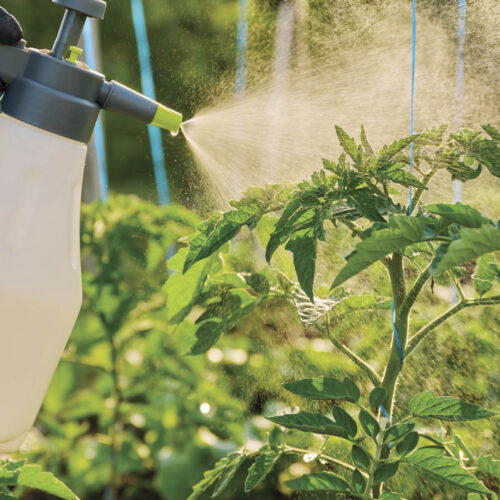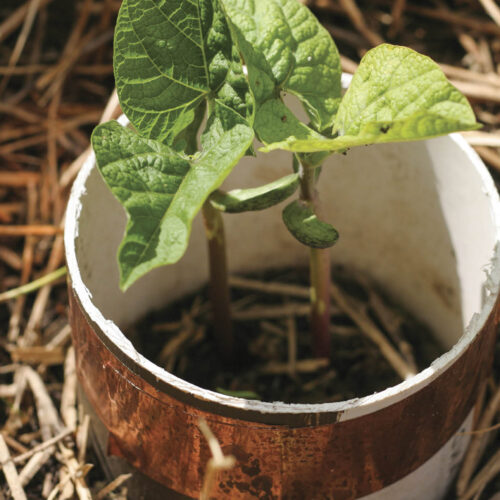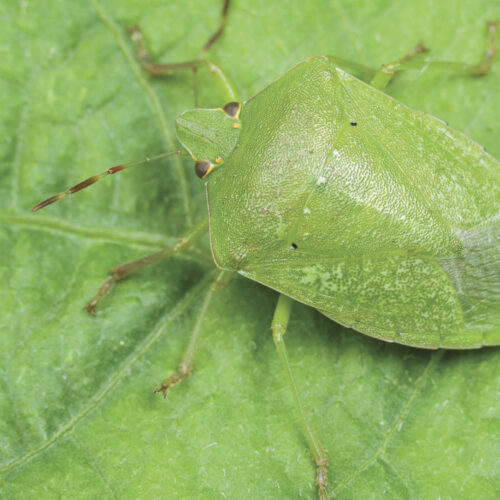Stop the rot
2013-01-31T02:08:04+11:00
JUSTIN RUSSELL gives the low down on the fungal disease brown rot, and suggests some simple control measures.
The bane of backyard stonefruit growers in Australia, besides the dreaded fruit fly, is brown rot. It’s a fungal disease that looks as bad as it sounds, manifesting as a brown mouldy blotch on fruit skins that gradually expands and causes the fruit to spoil. Like most fungal diseases, it thrives in humid weather. Long, warm wet spells perfectly suit the development of the fungus, and it’s not uncommon for an entire crop to be infected.
In my garden, brown rot has only become an issue in the last few wet summers, and I’ve found that it has a special love for peaches. Problem is, I love them more, and I’m not prepared to share. Our early peaches from an old, mangey, un-named tree down the front were magnificent this year, thanks largely to the weather. We had a warm, dry spring, followed by hot, dry weather in early summer – exactly the kind of conditions that produce brilliant peaches unblemished by fungal disease.
But in recent days, the weather has taken a dramatic about-face. We’ve just experienced a massive deluge with incessant rain and high humidity for the better part of a week. And guess what? Our late peaches have developed the mouldy calling card of brown rot.
This is despite my best efforts. I’ve been vigilant about cleaning up any mummified fruit and in winter I sprayed all of my stone fruit trees with organic approved lime sulphur. I prune my trees to let light and air into the canopy, and they’ve been planted in a position that’s exposed to drying breezes. All to no avail. Sometimes the weather simply gets the better of you.
It’s too late now, of course, to control the fungus. We’ll just have to resort to cutting the bad bits out of individual pieces of fruit, and maybe turn anything that’s not quite ripe into jam. But I can be better prepared for next summer. When the trees become dormant I’ll again spray them with lime sulphur, then follow up a month later with a second spray. To really provide the best chance of clean fruit, I’ll spray a third time, just as the flower buds are about to burst, with organic approved copper hydroxide.
It’s hard to beat the chin dribbling experience of eating a tree ripened peach. With a bit of effort on my part, and some co-operation from the weather, I’m hoping for a better harvest next summer.






